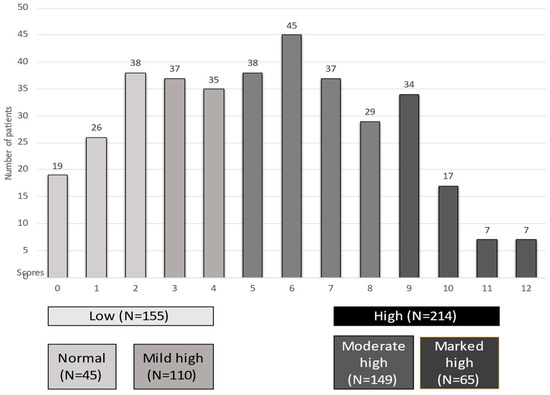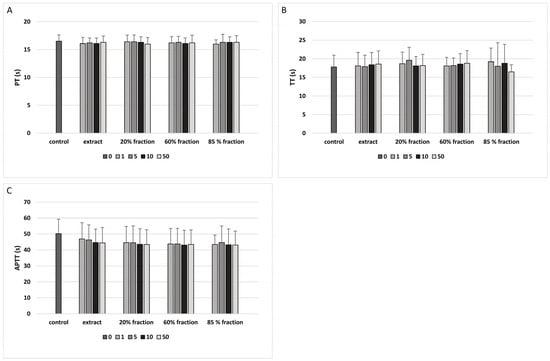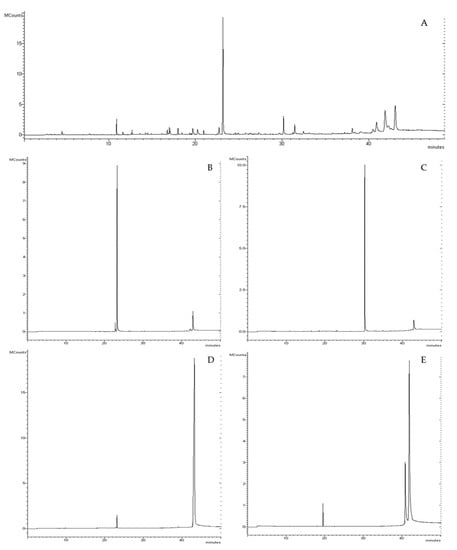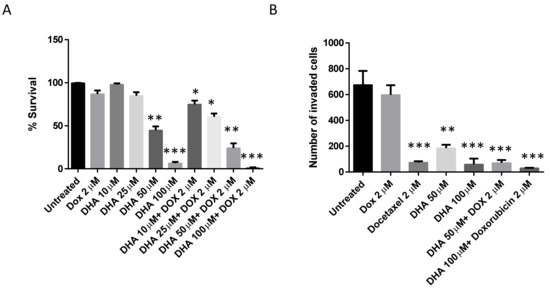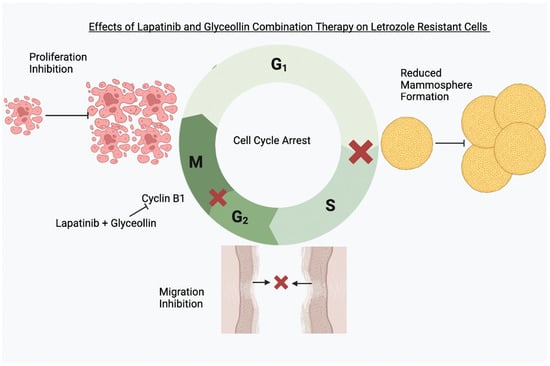Nutrients 2023, 15(7), 1554; https://doi.org/10.3390/nu15071554 - 23 Mar 2023
Cited by 15 | Viewed by 2831
Abstract
The controlling nutritional status (CONUT) score represents poor nutritional status and has been identified as an indicator of adverse outcomes. Our aim was to evaluate the prognostic role of the CONUT score on in-hospital outcomes in an Internal Medicine Department. This is a
[...] Read more.
The controlling nutritional status (CONUT) score represents poor nutritional status and has been identified as an indicator of adverse outcomes. Our aim was to evaluate the prognostic role of the CONUT score on in-hospital outcomes in an Internal Medicine Department. This is a retrospective study analyzing data from 369 patients, divided into four groups based on the CONUT score: normal (0–1), mild–high (2–4), moderate–high (5–8), and marked high (9–12). In-hospital all-cause mortality increased from normal to marked high CONUT score group (2.2% vs. 3.6% vs. 13.4% vs. 15.3%, p < 0.009). Furthermore, a higher CONUT score was linked to a longer length of hospital stay (LOS) (9.48 ± 6.22 vs. 11.09 ± 7.11 vs. 12.45 ± 7.88 vs. 13.10 ± 8.12, p < 0.013) and an increased prevalence of sepsis. The excess risk of a high CONUT score relative to a low CONUT score remained significant after adjusting for confounders (all-cause mortality: OR: 3.3, 95% CI: 1.1–9.7, p < 0.02; sepsis: OR: 2.7, 95% CI: 1.5–4.9, p < 0.01; LOS: OR: 2.1, 95% CI: 1.2–3.9, p < 0.007). The present study demonstrated that an increased CONUT score is related to a higher risk of short-term in-hospital death and complications.
Full article
(This article belongs to the Special Issue Hot Topics in Clinical Nutrition)
►
Show Figures
